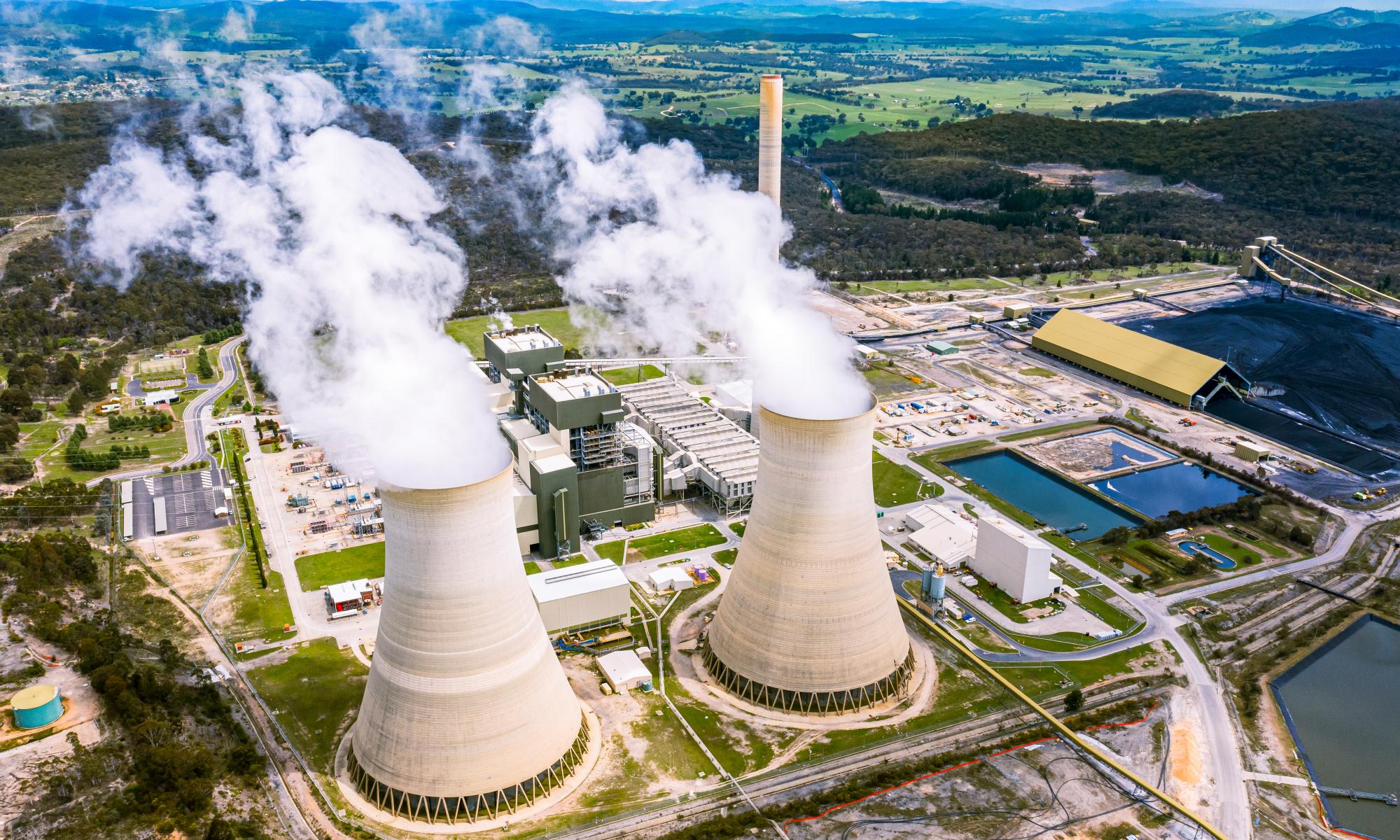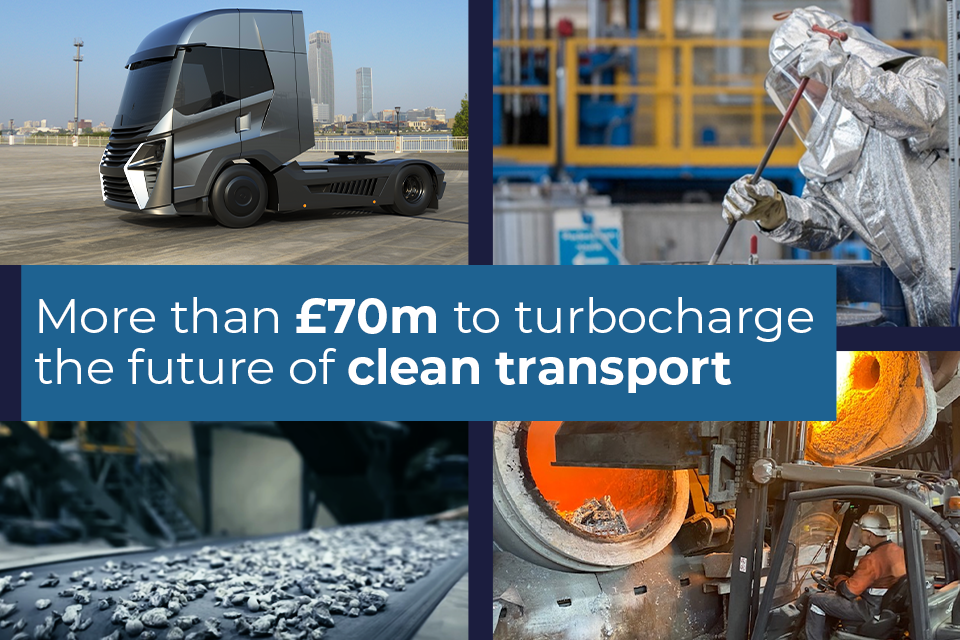A proposed new £600m solar farm in eastern England – covering an area eight times bigger than Hyde Park in central London – faces opposition over claims it would be a “blight” on the countryside.
The scheme, which would provide power for up to 100,000 homes, will cover nearly 2,800 acres near Newmarket, more than 10 times bigger than any scheme built to date in Britain. It is one of more than 900 solar farms in the planning pipeline to help provide green energy.
Campaigners say the Sunnica energy farm, which will span several villages in Suffolk and Cambridgeshire, will change the unique character of a vast area of countryside shaped by farming and horseracing. Suffolk county council said last week it would not support the scheme in its current form.
Richard Rout, deputy council leader and cabinet member for finance and environment, said: “We recognise that renewable energy is a key part of delivering energy security but it can’t come at any cost or to the detriment of Suffolk or the environment.”
John James, 74, who owns Brookside Stud, near Chippenham, Cambridgeshire, said: “The solar panels will blight several villages and take farmland out of production.” He was particularly concerned over the fire safety of the vast batteries that would be housed near his stud in containers up to six metres high.
Finlay Colville, head of research at Solar Media, a business intelligence and digital media firm, said there are now about 910 possible solar farm projects in the pipeline in the UK, with numbers increasing by about a third in 2021.
More than 300 have already submitted planning applications or have already been approved. Colville said some of the largest projects might not be delivered but there were also many smaller sites that were being approved. “Solar farms can be built quickly, and it’s a quick win for firms and public bodies which want to have more renewable energy,” he said.
While many councils support renewable energy schemes, there are concerns about some large-scale projects, including the Cottam solar project on the Nottinghamshire and Lincolnshire border, covering 2,800 acres; the Mallard Pass solar farm in Lincolnshire and Rutland, covering 2,175 acres; and the Gate Burton energy park, near Gainsborough, Lincolnshire, covering 1,690 acres.
Sir Edward Leigh, the Conservative MP for Gainsborough, has raised concern about such large-scale schemes. He told parliament last month: “Is it not time we looked at how we can stop these companies bypassing local planning and secure proper community gain and the protection of agriculture, and ensure that there are buffer zones around villages?”

Ministers say, where possible, large schemes should use previously developed land to help preserve farmland.
Many smaller schemes arise from the demand for green energy in the public sector. Work started in November on a 30-acre scheme to help power the New Cross hospital in Wolverhampton, while the Ministry of Justice has proposed a two-acre installation next to Whatton prison, near Bingham in Nottinghamshire.
Sunnica said its scheme would make a “significant contribution” to help the UK meet its net-zero targets by 2050. It said it would respond to any concerns raised over its scheme in the planning process, that it took the safety of its battery storage system very seriously and thta it had a package of proposed safety measures to mitigate the risk of a fire.
A government spokesperson said: “We recognise the need to preserve greenfield land while protecting the environment as we work to generate more cheap, clean power in the UK. Solar energy developments, including these ones, are subject to strict planning controls to protect local communities and the environment. This includes the requirement to conduct environmental impact assessments and public consultations on planning applications.”


